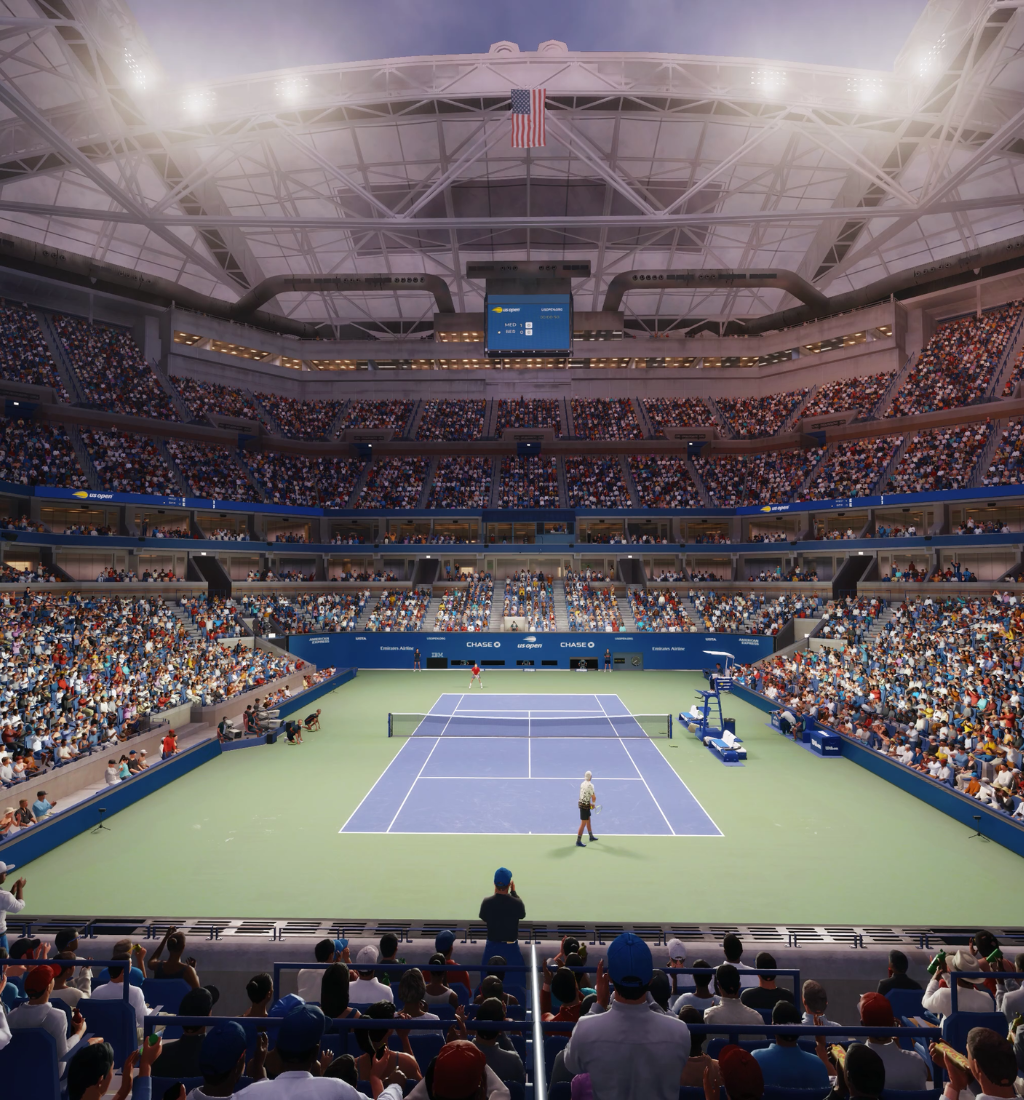Location: Paris, France
Stadium: Court Philippe-Chatrier
Capacity: 15,225
Surface: Clay
Roland-Garros is unlike any other Grand Slam® competition because of its unique red clay surface that’s not only iconic but also incredibly difficult to master. Creating the signature surface is a meticulous process where four types of stone are layered on top of each other, with the top layer consisting of crushed limestone and three millimeters of clay powder caked on top. The US Open featured a clay surface between 1975 and 1977, before switching to a hard court in 1978, making Roland-Garros the only remaining Grand Slam® to use the slippery material.
Unlike grass and hard courts, the clay surface slows down the ball’s spin, resulting in a higher bounce and more unpredictable trajectories; however, it does make the ball more visible. Through the years, many stars have managed to use strategic shots and impeccable balance to navigate the challenging surface. Becoming a Grand Slam® champion at Roland-Garros requires quick agility, powerful forehands, and a mental sharpness that can overcome the physical strain felt by all who set foot on the court. Are you capable of mastering Roland-Garros in TopSpin 2K25?


